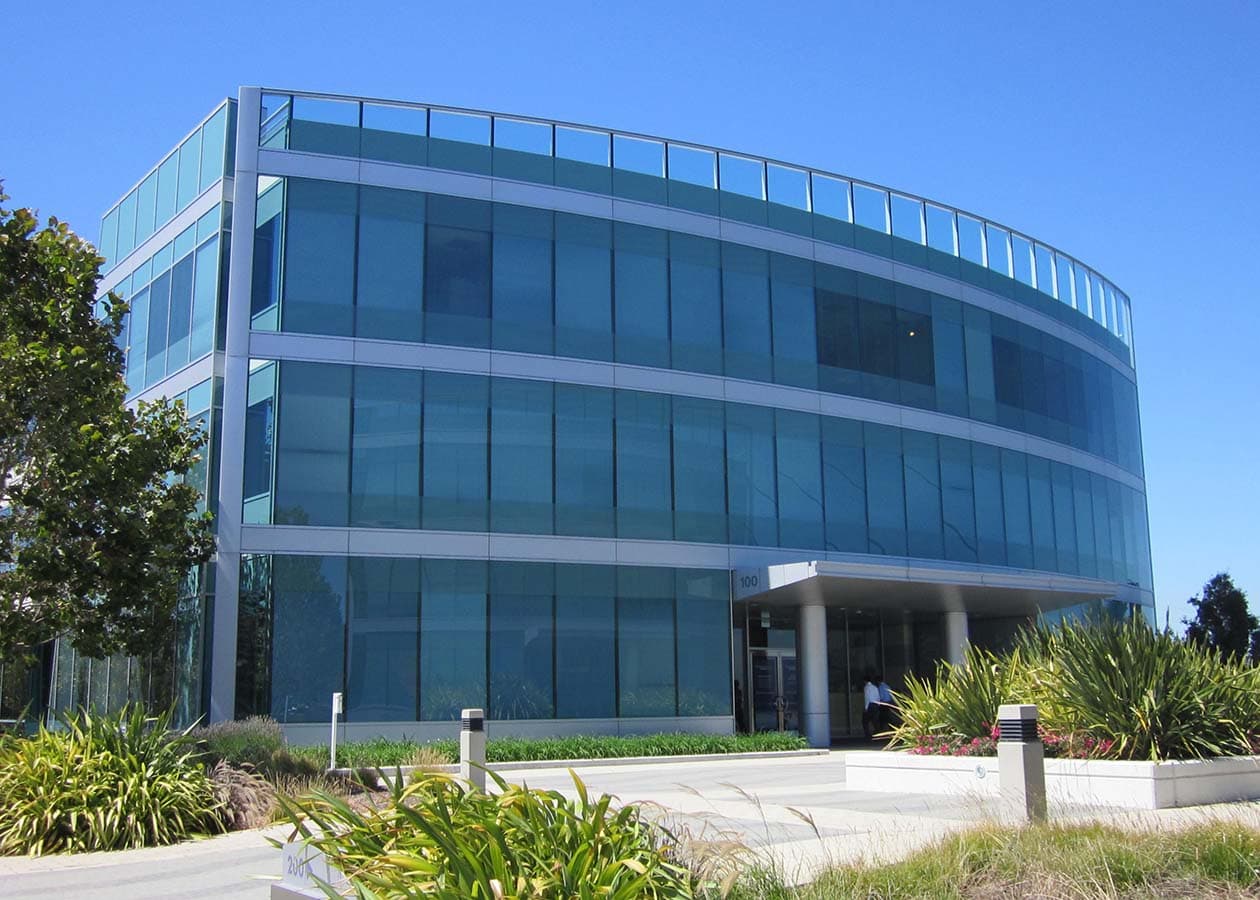
User-centered design often takes a backseat in enterprise software, resulting in less-than-stellar user experiences. While Jakob Nielsen's heuristics can enhance enterprise applications, they require an organizational shift to prioritize the user experience, ultimately leading to a more engaging and efficient workplace.
A little while ago we were asked:
Wondering what the folks at @echouser make of Jakob's famous heuristics if applied to enterprise apps...
— ultan ❤️ 🇮🇪 🇪🇺 🏃🏾🐾 (@ultan) December 29, 2011
“Jakob’s famous heuristics” refers to the 10 rules of thumb that Jakob Nielsen has developed and promoted which commonly form the basis for the discount usability method of heuristic evaluation. In my view, the short answer is the guidelines can be very helpful, each of them has something to offer when building or evaluating enterprise applications, BUT, and this is a big but, in the domain of enterprise software it can be harder to adhere to them compared to a consumer setting. I was talking with my colleagues about this, and @kimretta crystallized what I was trying to express nicely: in the enterprise setting, instead of just having to design for an interaction between a system and a user, the interaction is between a user, a system and a business. All too often the system and the business get together first, and the end-user doesn’t get much time or attention. Currently, and I will overgeneralize a bit here, the development and deployment process of much enterprise software doesn’t include a person focused and empowered to champion user centered design. The developer is not the user, the purchaser is not the user, and the people who implement and support the IT infrastructure are not the user. Software gets developed to meet business needs, not user needs. And perhaps I’m revealing my social science perspective here but I think it is critical to realize that in some cases, user centered design changes in enterprise software require organizational change in the enterprise, something that is difficult in the best of times. What we see in our practice however is that neglected user needs in the enterprise come back to haunt the business, through lost productivity and reduced worker satisfaction.
What’s up with Enterprise software?
It is easy to find critiques of enterprise software (I enjoyed this entry on the topic). Common refrains for why enterprise software typically offers a substandard user experience include: the disconnect between those who purchase and those who use, legacy lock-in, a ‘more-is-better’ mind-set about adding features, and the way enterprise software is first and foremost aligned to business rules, at times with a seemingly blatant disregard for the humans who need to interact with them. For each heuristic that Jakob calls out, I could tell a story about a piece of software where I’ve personally seen the negative effects on users caused by disregarding that heuristic. Sometimes the negative effects are small, mitigated by ‘software calluses’ users develop as they learn the idiosyncrasies of a particular system. But sometimes the effects are large, resulting in users looking for any way possible to avoid using the software, reducing productivity, efficiency and morale. Some of the 10 may not apply as much as others in particular contexts, and we definitely see niche- and expert-user audiences able to adapt to systems that have less polish and fewer affordances for new users in spite of things we might otherwise consider problematic. For example, take a heuristic like “Match between system and the real world” which I frequently see enterprise software struggle with. Remember the three parts I mentioned earlier, system, business and user? Which real world are we to now design for? Inevitably, employees understanding of the ‘real world’ of the business (perhaps incomplete, based on role) is different than the employees’ ‘real world’ outside of work (which may be influencing their expectations about how interfaces should behave). Also the ‘real world’ of each business unit may be different in non-trivial ways, even for people using the same software at the same company, not to mention between companies. Building and customizing software in this environment is a different challenge from crafting a more singular consumer offering.
Browser UX
One trend that is relevant here is the move to browser-based interfaces. This is not new of course, but over the last decade or two the software frame that one uses to access enterprise tools is increasingly the same one used for personal activities. As a result I have seen expectations about the enterprise tools overlap higher-quality consumer level offerings. If someone sees a particularly helpful feature while using other sites on the web, they will ask about their enterprise app: “Why can’t my work program do that?”
Enterprise = just plain tough?
The current state of enterprise user experience seems to be improving, however there is a long way to go, and Jakob’s heuristics continue to be relegated to the “nice-to-have” category, to end-users detriment. This is not to say that Jakob’s heuristics are a universal or final answer, because they are not. As enterprises pursue native app development on mobile devices, tablets, or on our Minority Report platforms of the future, there will always be the need to look at a specific context to see what makes sense. But just because integrating general, non-enterprise-specific heuristics is hard in the enterprise environment doesn’t mean it should be disregarded. Making enterprise software more usable by consumer standards will create benefits in the longer term, with more efficient workplaces and less time accommodating systems that offer a poor fit to the work that needs to get done.
